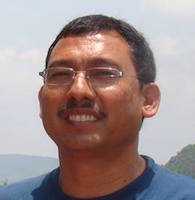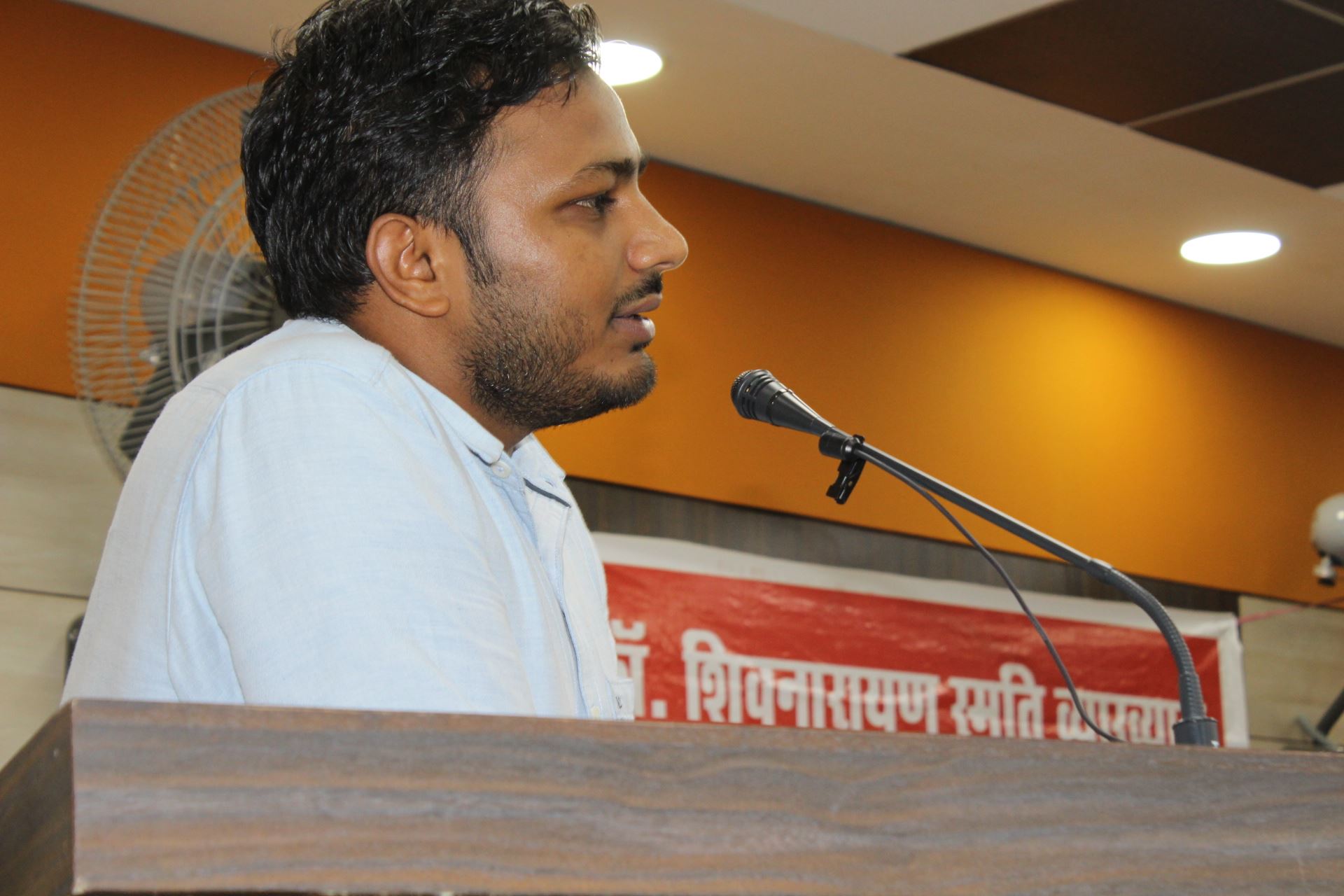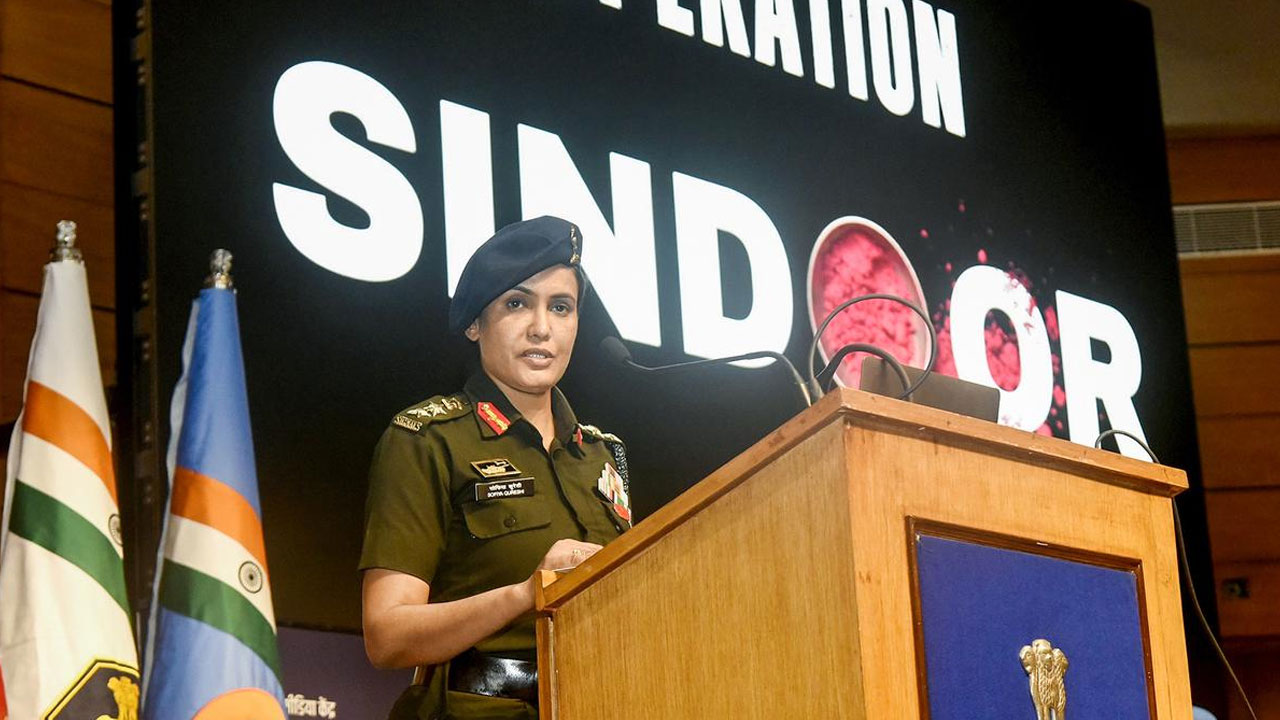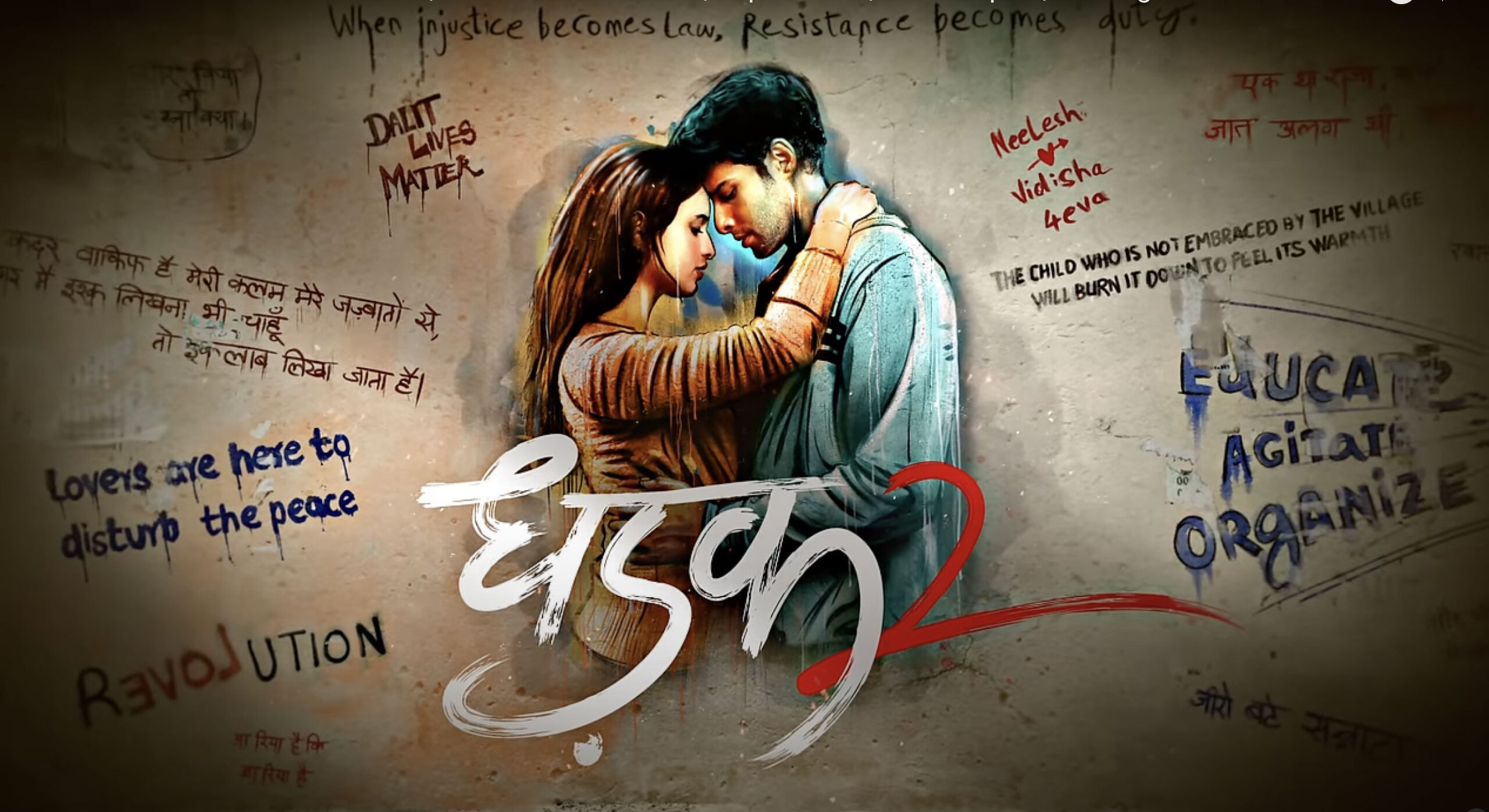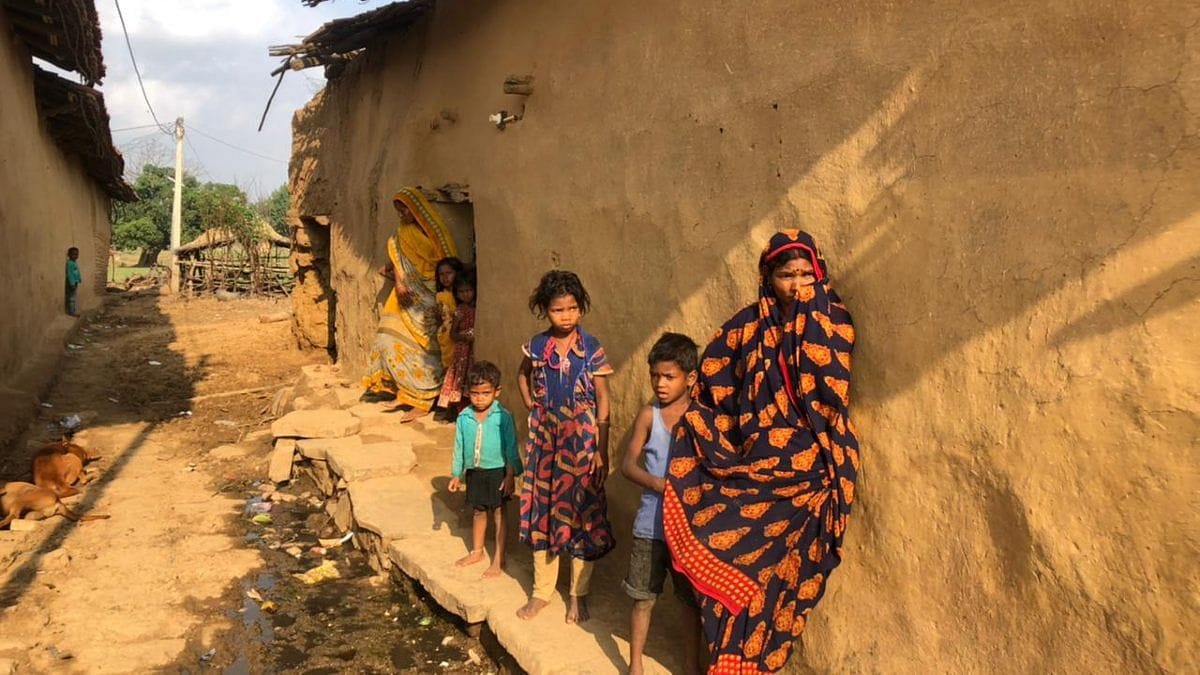Tamil Nadu’s “Dravidian Model” is being talked about in North India. There is little doubt that Tamil Nadu’s chief minister M.K. Stalin has brought in a government that was long awaited by the state’s Dalitbahujan residents. Stalin has improved the government schools in Tamil Nadu based on studies of those in Delhi. He vociferously opposed the Centre on the issue of the National Eligibility Cum Entrance Test (NEET) (to medical colleges). Other states have much to learn from many of Stalin government’s decisions – whether serving breakfast in schools or induction of non-Brahmin Tamil-speakers as temple priests. The Dalit-OBC leaders of North India avoid such matters. Recently, Tamil Nadu finance minister Palanivel Thiaga Rajan has openly challenged the Narendra Modi model of development.
For many Dalitbahujan intellectuals from North India disappointed with the neglect of Dalitbahujan politicians, Tamil Nadu offers a ray of hope.
In fact, the Periyar model of Tamil Nadu sends out a strong message to the nation. There is no denying that whether it is Stalin or other DMK leaders, everyone understands political compulsions. But it should also be kept in mind that harping about one’s past achievements cannot gain popular support for ever. It would be naive to presume that the Dravidian Model can be a success merely by abusing Brahmins.
In North India, Periyar is a hero for a section of the people and a villain for the other. The latter exerted such influence that the Bahujan Samaj Party (BSP) was forced to erase Periyar’s name from its banners. However, after coming to power in Uttar Pradesh, the BSP held a three-day Periyar Mela at Parivartan Chowk, Lucknow, from 17 September 1995. The BJP had opposed the event.
Periyar had traveled to Lucknow in October 1968 to chair the Akhil Bharatiya Pichhda Varg Sammelan (All Indian Backward Classes Conference). Among those attending the conference were Bhadant Anand Kausalyayan; B. Shyam Sunder, president of Akhil Bharatiya Bhim Sena; Shiv Dayal Chaurasia; Chhedi Lal Sathi; Lalai Singh Yadav; and A.J. Faridi of the Muslim Majlis. Even then, the Janasangh and the Rashtriya Swayamsevak Sangh (RSS) had protested, in vain, against Periyar’s proposed visit. Periyar was a revolutionary whose socio-cultural views had transformed Tamil Nadu. By linking non-Brahmin movements with social justice and the Bahujan community, he catalyzed a major political change in Tamil society. No other state witnessed such cataclysmic changes.
Since 1967, Dravidian parties have been ruling Tamil Nadu. Before that, the K. Kamaraj-led Congress government was in power in the state. After 1967, first the DMK and then its rival, the All India Anna Dravida Munnetra Kazhagam (AIADMK), emerged in Tamil Nadu. Both the parties claim the legacy of Periyar’s social-justice movement.
Tamil Nadu provides 69 per cent reservations for Dalits, OBCs and Adivasis in public employment and higher education, which is much higher than the Supreme Court-mandated cap of 50 per cent. This was done when J. Jayalalitha was chief minister. By mounting pressure on the central government, she got the provision for 69 per cent reservations included in the Ninth Schedule of the Constitution. No provision included in the Ninth Schedule can be challenged in a court of law.
Tamil Nadu had provisions for reservations since the era of the Justice Party (1917 – 27 August 1944). Today, the quotas set aside for various sections is almost proportionate to their share in the population. It is an irony that while the anti-Brahmin movement in the state has catapulted the backward classes to positions of power, the Dalits continue to suffer.
Periyar’s Self-Respect Movement accorded great importance to gender equality as also to equality of marriage partners. But despite claims of the Dravidian parties that they subscribe to the ideology of Periyar, the fact is that OBCs and even among them the powerful castes have been at the centre of politics of these parties. All major political parties in Tamil Nadu claim that they are anti-Brahmin, but we also to need to understand their anti-Dalit character.
Viduthalai Chiruthaigal Katchi (VCK) is, by far, the strongest proponent of Dalit movement in the state. However, without an alliance with the DMK, even the two seats it secured in the last Lok Sabha polls would have been out of reach. Today, the DMK does not want to project its image as an anti-Savarna or anti-Hindu party. It is focusing on its constituency.
Supporters of Periyar’s movement have been dominating Tamil society and politics since the 1960s. They have been in the government as well as the opposition. Can the DMK and the AIADMK say even today that it is the Brahmins who continue to commit atrocities on the Dalits?
Recently, there were reports of an economic boycott of Dalits at a place called Tenakasi. For two months, shopkeepers had been refusing to sell wares even to Dalit children. Some time ago, a social organization reported that of the 300 cases of murder of Dalits over the past five years, just 13 had ended in a conviction, with 229 cases pending and 28 under investigation.
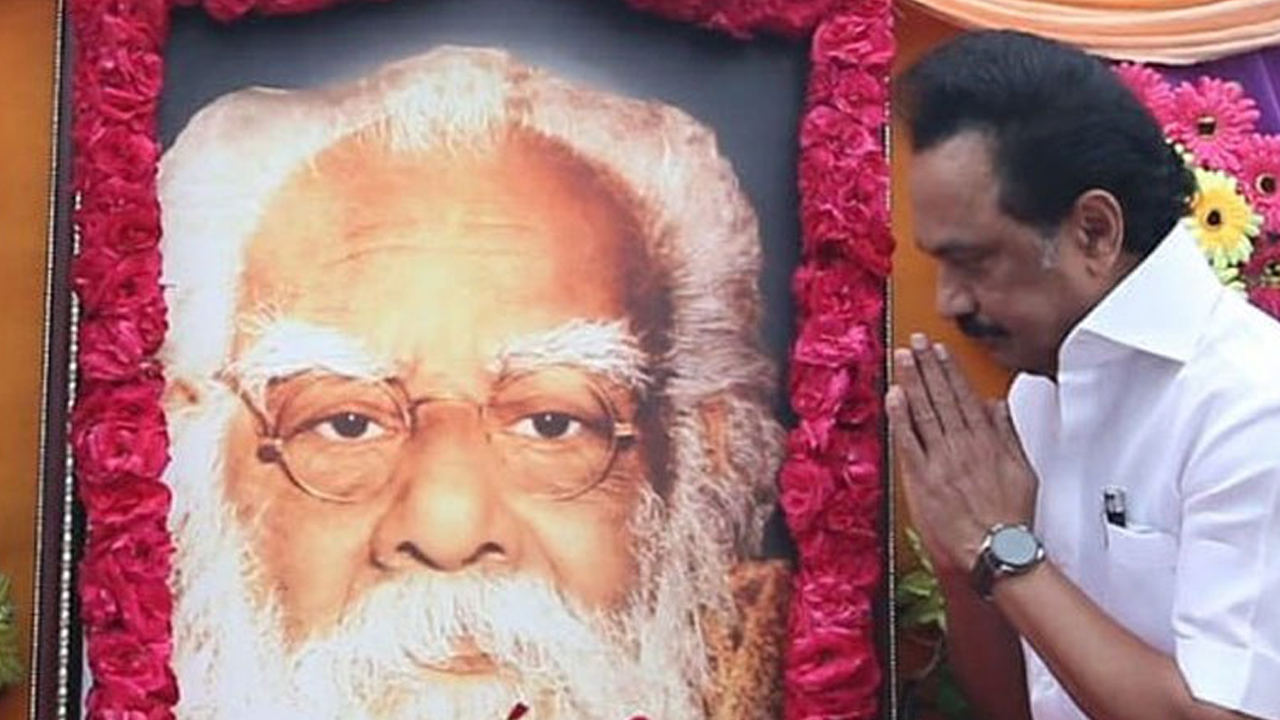
Dalits form 21 per cent of the population of Tamil Nadu. Members of the castes which were at the forefront of the anti-Brahmin movement have illegally occupied the lands of Dalits. Between 1892 and 1933, on paper, around 12 lakh acres of land was allotted to Dalits. But today, only 10 per cent of that land remains in the possession of Dalits.
It is evident that Dalits are on the margins of the Brahmin versus non-Brahmin narrative in Tamil Nadu. Should the narrative not be Dalits versus non-Dalits? Shouldn’t the status of the Dalits be seen from that perspective?
In Tamil Nadu’s Meenakshipuram, 180 persons of Palar (Dalit) community had embraced Islam on 19 February 1981. Today, they are leading their life with self-respect. The Dalits had converted to Islam as they had had enough of the atrocities against them by the Maravar community, an offshoot of Thevars, the most powerful community of agriculturists. The Thevars constitute the popular base of both the DMK as well as the AIADMK. This backward caste was at the forefront of the anti-Brahmin movement in the state. But it is yet to free itself from Brahmanism.
According to a report by Tamil Nadu Untouchability Eradication Front, even today, elected Dalit office-bearers of district and village Panchayats and urban civic bodies are not allowed to unfurl the national flag on Independence Day and Republic Day. According to the report, of the 386 Dalit chiefs of Panchayats, 22 don’t even have chairs to sit on in their offices.
A devastating tsunami had hit Tamil Nadu in late 2004. I had visited the state at that time, traveling through Chennai, Nagapattinam, Cuddalore, Tenakasi, Chidambaram, Velankanni and Pondicherry. I made a film titled The Silence of the Tsunami on the discrimination against the Dalits when the calamity struck. Whenever I told the people in any village that I wanted to visit the Dalit settlement they would ask me, “Why don’t you talk with us? Why do you want to go there?” A religious community meal was underway in one village, but the presence of Dalits angered the members of the fishing community, forcing the organizers to arrange a separate meal for the Dalits.
Members of the Arunthathiyar community (equivalent to the Valmiks of North India) were being summoned from different places for picking up dead bodies. Tsunami had ruined everything, but left the Varna system untouched. Even after losing everything they had, people were stuck with their gods and their castes. This was really sad, especially for a state which had witnessed a revolution led by Periyar.
The Dalit issue makes the Dravidian movement uneasy. It is very outspoken when it comes to opposing Brahmanism. Yet the exit of the Brahmins has not brought about an equitable society in Tamil Nadu. Casteism is still going strong and the Dalits are still on the margins. Immanuel Sekaran, the greatest revolutionary leader of the Dalits and a pillar of Ambedkarism in the state, was murdered on 11 September 1957. His murderers were from the Thevar caste, who made him pay with his life for not standing up to welcome Muthuramalinga, a prominent Thevar leader. Sekaran had refused to stand in protest against the oppression of the Dalits by Thevars. As many as 42 Dalits were killed in riots in Ramanathapuram from July to September 1957. The Annadurai government of the day did nothing to have the perpetrators of the massacre punished. All of them were acquitted.
Cutting to the present, the state government might be taking the Tenakasi incident lightly but the reality is obvious to all. There are 80 OBC and 50 Dalit households in the village. The village Panchayat has asked the OBC parents not to allow their children to play with the Dalit children and shopkeepers have stopped selling to them. Yet, a minister has claimed that the evil of untouchability has nothing to do with this boycott of Dalits. Why and how is the persistent issue of untouchability not important for the 70-year-old Self-Respect Movement? Or does the Dravidian movement believe that the struggle to end untouchability concerns only the Savarnas and Dalits and that the OBCs have nothing to do with it?
According to the Safai Karmachari Andolan, 55 people died in Tamil Nadu while cleaning sewers in the period 2016-20. In 2018-19, more than 3,000 people had informed the government in writing that they were involved in carrying night soil. But the government maintains that the number of such people is just 264.
Tamil Nadu is still one of the states where inter-caste marriages are a source of tension and conflict, and driven by the notion of caste supremacy, parents often kill their sons and daughters. According to an organization called Evidence, 195 cases of honour killings were reported from the state in the period 2014-19 but justice was not done in a single case. Why is it so that the taboos against which Periyar fought all his life still plague the state? Indeed, Brahmanism is at the root of the problem but the governments led by parties which have been doing politics in the name of Dravidian identity and OBCs for the past 70 years cannot shrug off their responsibility.
(Translated from the original Hindi by Amrish Herdenia)
Forward Press also publishes books on Bahujan issues. Forward Press Books sheds light on the widespread problems as well as the finer aspects of Bahujan (Dalit, OBC, Adivasi, Nomadic, Pasmanda) society, culture, literature and politics. Contact us for a list of FP Books’ titles and to order. Mobile: +917827427311, Email: info@forwardmagazine.in)
